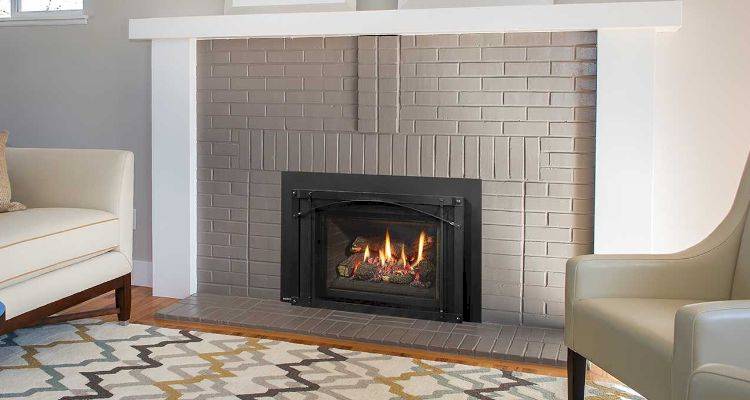Consumer Unit Replacement Cost
- The average cost to replace a consumer unit is £525.
- This job will take around 1 day to complete.
- Consumer unit costs in 2025 by type and number of circuits.
- How long the job will take and what's involved.
- How to find a local electrician using MyJobQuote.
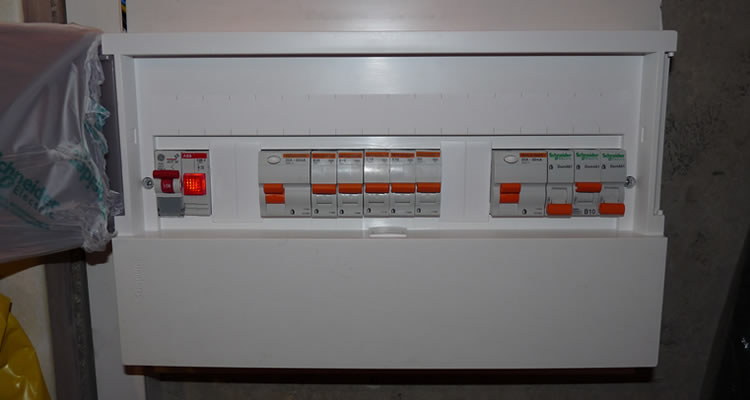
£525
Table of Contents
- How Much to Replace a Consumer Unit?
- Fuse Box Installer Cost & Timescales
- Consumer Unit Supply Costs
- Additional Consumer Unit Installation Costs
- Factors That Impact Consumer Unit Replacement Costs
- Cost to Move a Consumer Unit
- Types of Consumer Unit
- What's Involved in Installing a Consumer Unit?
- Planning Permission and Building Regulations
- Checklist: How to Hire a Consumer Unit Installer in the UK
Consumer Unit Replacement Cost Calculator
How Much to Replace a Consumer Unit?
On average, you're looking at an overall cost of around £350 to £750 (including materials and labour fees). However, this could potentially be higher depending on the size of the property, the type of unit involved and any additional electrical work that may be required. Regional prices also vary, with the South East being towards the higher end of the price bracket.
Trying to find out how much it costs to install a new consumer unit and replace an old fusebox?
The cost of replacing a consumer unit depends on how big your house is and which type of consumer unit you choose.
For most homes, a high-integrity consumer unit that can carry ten circuits at 100A is the best choice. This type of consumer unit costs £470 to £650. For a larger home that requires more circuits, it can cost up to £850. On the other hand, smaller homes can get a good quality consumer unit for as little as £350.
If you are looking for a consumer unit to put out in your garage or workshop, this will typically cost £330 to £440.
How much would you be willing to pay for a new fusebox?
Is it possible to move a consumer unit? Ours is right by the door and I'd like to move it to a cupboard, so it's out of sight.
In this complete guide, we cover all the prices included in fuse box replacement and installing different types of consumer units — such as a split load consumer unit and garage consumer unit. We also look at the average fees that a consumer unit installer will charge in the UK.
Consumer Unit Prices
The cost to replace a consumer unit varies depending on the number of circuits and the type of unit
Cost of Consumer Unit by Number of Circuits
These prices are based on different numbers of circuits in a high-integrity consumer unit at 100A, as this is the most popular option.
| Number of Circuits | Average Costs |
|---|---|
| Six circuits | £350 – £500 |
| Ten circuits | £480 – £640 |
| Twelve circuits | £610 – £850 |
Cost of Consumer Unit by Type
These prices are based on 100A consumer units with ten circuits unless stated otherwise, as not all of these can carry ten circuits.
| Type of Unit | Average Cost |
|---|---|
| High Integrity Consumer Unit | £470 – £650 |
| RCD Dual Split Consumer Unit | £460 – £600 |
| Split Load Consumer Unit | £460 – £600 |
| Shower Consumer Unit – with two circuits | £330 – £460 |
| Garage Consumer Unit – with four circuits | £330 – £440 |
Fuse Box Installer Cost & Timescales
The cost of labour and the length of the job will depend on how many circuits your home is split into. The larger your home, the more circuits there will be.
On average, an electrician charges around £200 to £300 per day in labour fees (depending on your location). Although to replace a fuse box, you will normally be quoted a fixed price as this is a relatively standard job. The work can be completed within a couple of hours for a 1 bedroom property, and up to a full day's work for a large detached house.
Normally, there are individual circuits for the lights and sockets on each floor, with separate circuits for each bathroom and any large kitchen appliances. The specifics will depend on how your home has been wired, with variables such as the size of your property and total number of circuits impacting how long the job will take.
Should you require an electrician in an emergency or outside of their normal working hours, then expect to be charged around £160 for a minimum two-hour call-out, with any time beyond that being charged at an hourly rate (typically around £40–£60 per hour, or higher in areas such as London).
Below is a table based on labour only, although when receiving a quote ensure you know how many circuits you are being charged for and be mindful this can vary between properties.
| House Size | Number of Circuits | Estimated Labour Cost |
|---|---|---|
| 1-bedroom property | Six circuits | £200 – £250 |
| 2–3 bedroom house | Ten circuits | £230 – £280 |
| 3–4 bedroom house | Twelve circuits | £260 – £300 |
Cost To Replace a Fusebox By Region
The cost of replacing an old fusebox with a new unit can vary by region, with prices in the South often being higher than those in the North due to higher labour fees. As per the below, the difference between the lower price range in Manchester (materials and labour fees combined) is considerably less than the overall costs in the likes of Portsmouth or London.
| City | Region | Average Cost |
|---|---|---|
| Manchester | North | £460 – £610 |
| Worcester | Midlands | £480 – £640 |
| Portsmouth | South | £520 – £700 |
| London | South East | £550 – £750 |
Consumer Unit Supply Costs
Unit Type
| Type of Unit | Average Cost |
|---|---|
| High Integrity Consumer Unit | £70 – £150 |
| RCD Dual Split Consumer Unit | £60 – £100 |
| Split Load Consumer Unit | £60 – £100 |
| Shower Consumer Unit | £30 – £60 |
| Garage Consumer Unit | £30 – £40 |
Unit Size
| Number of Circuits | Average Costs |
|---|---|
| Six circuits | £50 – £100 |
| Ten circuits | £80 – £140 |
| Twelve circuits | £110 – £250 |
Amp Rating
| Amp Rating | Average cost |
|---|---|
| 40A | £30 – £50 |
| 60A | £75 – £80 |
| 63A | £30 – £60 |
| 80A | £60 – £75 |
| 100A | £30 – £150 |
Additional Consumer Unit Installation Costs
When you get an electrician in to replace your consumer unit, it is possible that they might uncover some bigger problems that need fixing. Each of these can add to the costs.
Electrical Inspection Cost
Having an electrical survey and getting an EICR certificate costs between £120 and £300 in 2025. This will either confirm that everything is fine and there's nothing to worry about, or identify issues that need to be resolved to ensure your home is safe.
If there is any reason to be concerned about the quality of the wiring in your home, you should have an electrical inspection completed.
New Plug Sockets Cost
The average cost of installing a double socket in the UK is around £110 to £165. Keep in mind that this will cost more if you want to hide the new wires, as you will need to plaster over them.
If the plug sockets in your home are old or broken, this is the perfect opportunity to replace them with something new. It's a good chance to install some extra plug sockets if you're finding you don't have enough, or they're not ideally placed.
Outdoor Socket Installation Cost
In 2025, the average outdoor socket installation cost is around £85 to £130.
Having an external plug socket available can be a convenient and low-cost upgrade if you often find yourself running extension cables from the inside of your home.
When you have an electrician on-site replacing your consumer unit, this is an excellent opportunity to have an outdoor plug socket fitted.
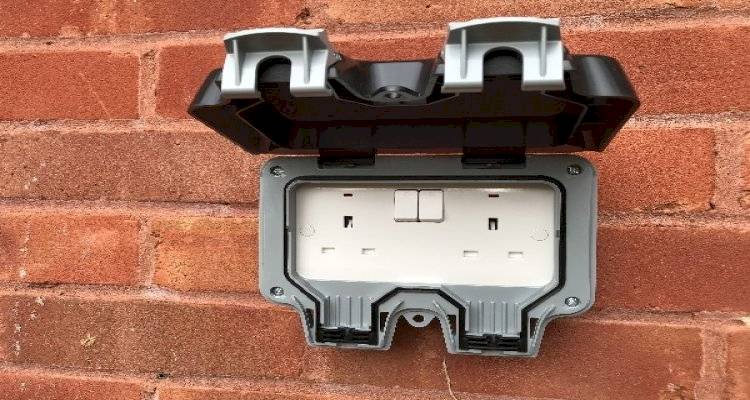
House Rewire Cost
The average cost to rewire a house in the UK is between £2,400 to £5,500. However, the prices you're quoted by electricians will depend on a variety of factors — such as the size of your home, the type of home you have, and how old the property is.
If you've had an assessment conducted and identified that the wiring in your home needs to be replaced, then you will need to schedule this in with a qualified electrician.
Cost to Replace Light Switches
You may want to update your light switches. To get old ones replaced costs £3 to £55. If you want to upgrade to a dimmer switch, this will cost £35 to £65. Although the average cost for installing completely new light fittings is around £100.
Moving a Light Switch or Plug Socket Cost
Rather than rewiring the whole property, you may wish to move an existing light switch or plug socket instead. This will cost around £100-£150 for materials and labour fees.
The price may vary depending on the electrician, however, this is a relatively straightforward job on the assumption you're moving it along the same wall without any obstructions.
How much will it cost to replace 3 or 4 light switches? How long will this job take a professional?
Earth Bonding
Earth bonding is a protective step that is already taken in most houses. If an electrical inspection shows it is missing, you will need to have it done. It involves connecting all of the metal objects in a room to Earth. To get your home fully Earth bonded costs on average £200.
Factors That Impact Consumer Unit Replacement Costs
There are a few factors that will affect the cost of replacing your old consumer unit.
- Relocating a Consumer Unit — The cost to move a consumer unit is, on average, £525, although this can be higher if external work is required involving the local electricity network.
- Type of Consumer Unit — Some units are more expensive than others, although there's only about £60 difference between a basic model and any higher-end options.
- Condition of Existing Unit — If the current unit is particularly old or in poor condition, then your electrician may charge up to £50 to remove it on your behalf.
- Size of Property — The larger the house, the more circuits that are required, which will then impact the length of the job and the overall cost of materials and labour fees.
- Location and Accessibility — This is largely related to labour fees rather than material costs, as electricians in London and the South East tend to charge more, as do some in more rural locations.
Cost to Move a Consumer Unit
You may wish to move your consumer unit if it's in a position that's causing an issue. For instance, if the unit is taking up space in an area better suited for something else, or it's in a location that's difficult to access, then relocating the unit is a potential option.
However, moving a consumer unit can be a complex job as it can also involve installing new cables as well as extensive work within your home. Although, if the move is just a short distance (for example within a meter or two), then the cost of the job may be similar to that of installing a standard replacement.
Larger moves or those that require external work, such as alterations to how the main electrical supply enters your property from the street, may become costly, with the upper end potentially reaching around £1,200 or higher.
By comparison, if all that's needed is electrical repair work (for example repairing faults such as a system short circuiting), this can cost as little as £65 for a standard call-out.
Types of Consumer Unit
There are a few different types of consumer units to choose from. In most cases, your electrician will be able to suggest the best choice for your situation. However, as this is a safety item, it is a good idea to fix your budget, and then choose the best consumer unit that you can afford.
Garage Consumer Unit Cost
These are small consumer units designed to go in a separate building like a garage, or workshop. They will only have the capacity for a few circuits.
The average cost is £30 to £40.
Pros
- ✔ Can separate an outbuilding's supply from the rest of the house.
- ✔ Can be used to add extra circuits without replacing the existing unit.
Cons
- ✖ Limited number of circuits.
Shower Consumer Unit Cost
These are separate units that can be added to existing consumer units. They are good for large appliances that require a higher standard of circuit breaker.
The average cost is £30 to £60.
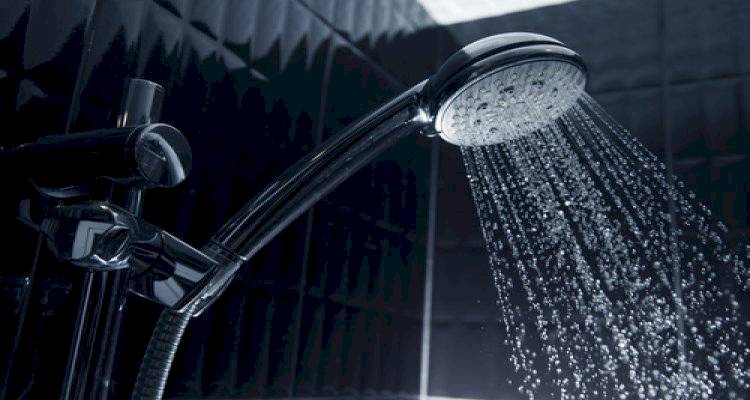
Pros
- ✔ Can be installed parallel to an existing consumer unit.
- ✔ Separates an appliance from the rest of the house.
- ✔ Cheap option.
Cons
- ✖ Only suitable for one or two appliances.
Split Load Consumer Unit Cost
A split load consumer unit is one that separates the large appliances in your home from the rest of the circuits. So, if the oven trips the circuit, the rest of the house is unaffected.
For example, your oven and hob might go through separate Residual Current Circuit Breakers (RCBO), which means they essentially have their own RCB and MCB, while the rest of the house runs through MCBs connected to one RCB.
The average cost is £60 to £100.
Pros
- ✔ A fault with a large appliance won’t affect the rest of the house.
Cons
- ✖ A fault on a socket in the home will affect everything in the house.
RCD Dual-Split Consumer Unit Cost
This is a consumer unit that has two separate RCDs. This means the circuits in the house are split into two groups. Half the circuits go through each of the RCDs.
The average cost is £60 to £100.
Pros
- ✔ If there is a problem, only have the circuits in the house stop working at a time.
- ✔ Can separate upstairs and downstairs circuits.
Cons
- ✖ A fault in one room can affect many rooms.
High Integrity Consumer Unit Cost
A high integrity consumer unit is one that separates out all the circuits in your home. Each circuit will trip independently but offer the same level of protection as other consumer units. This means that if one circuit has a problem, it is the only one affected.
The average cost is £70 to £150.
Pros
- ✔ If there is a problem, only one circuit is affected at a time.
Cons
- ✖ More expensive.
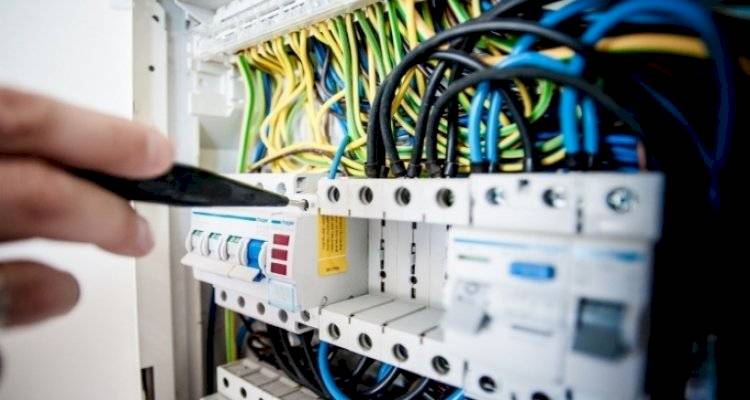
What's Involved in Installing a Consumer Unit?
This should only be carried out by an officially registered electrician. In the UK it is against the law to install a consumer unit yourself, unless you are fully qualified to do so.
That is why it is common practice to seek 3 quotes for the work before you proceed. With the help of MyJobQuote, you can find a reputable electrician in your area with no obligation to book.
As for the process and what's involved, let's take a look at the main steps below:
Before the Work Begins
- Turn off the Power — The power supply will need to be isolated and safely disconnected from the house before starting the rest of the process.
- Wiring Checks — The electrician will inspect the existing wiring and check it meets the current regulations so it is safe to connect to the replacement consumer unit.
During the Installation
- Fitting the Main Switch — A double pole isolating switch will be clipped in next to the DIN rail, using separate teeth on the bus bar for proper connection.
- Connecting Meter Wires — A live and neutral wire from the meter will be connected to the double pole switch, while the earth wire from the meter is connected to the earth terminal block.
- Wiring the MCBs — Each MCB (miniature circuit breaker) should then be connected to the bus bar through its live terminal at the bottom.
- Circuit Wiring — For each circuit, the live wire is connected to the top of the correct MCB, the neutral wire goes to the RCD, and the earth wire is connected to the earth terminal block.
After the Installation
- Final Testing — The electrician will carry out safety checks on all circuits, testing to ensure they are operating correctly and in compliance with all necessary regulations.
- Certification — Once everything is confirmed, you should receive the appropriate certification, such as a Building Regulations Compliance, if applicable.
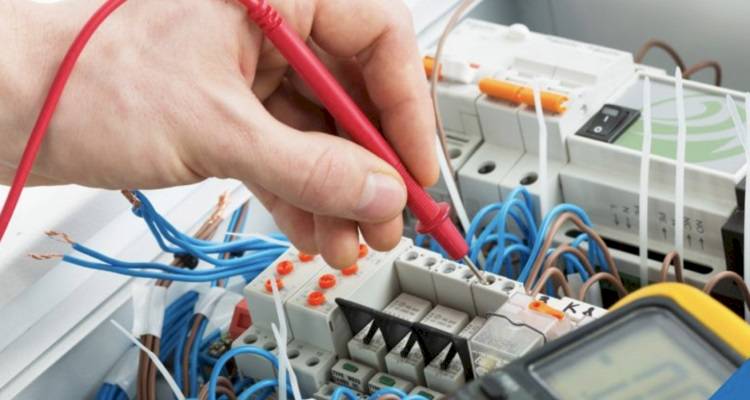
I want to have garage consumer unit but not sure where to start. Does any one have any advice as to what I should be looking for?
There is no way for a DIY person to carry out the essential testing procedure that is put in place to check the essential safety features are in place and working that are there to protect against electric shock and fire."
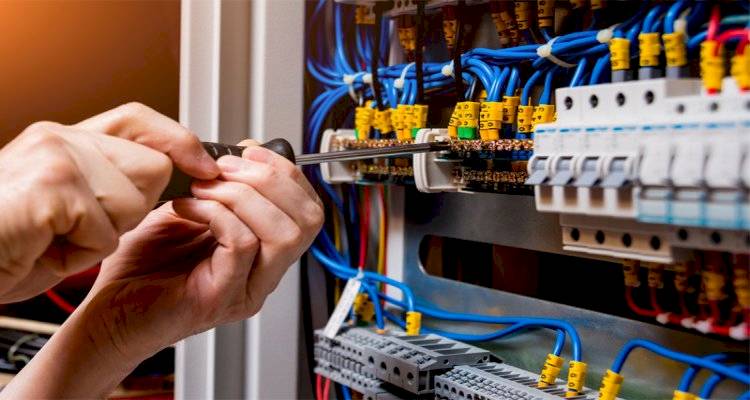
Planning Permission and Building Regulations
Unless you live in a listed building, planning permission is not required for electrical work such as replacing a consumer unit. However, if your property is listed, it's best to check with your local council before starting any work.
If during the process of moving the consumer unit significantly changes your property’s exterior, then you may need to double-check with your local council as this could also result in needing planning permission.
Consumer units are also regulated under building regulations, specifically Part P, which covers electrical safety in homes. They are also subject to building control fees, whereby inspections usually range between £120 and £200, depending on the location of your property.
It’s best to hire a Part-P registered electrician for any work, as they will complete the job to the required standard and handle any necessary notifications and paperwork, which is usually included within their quote.
Electrical work must follow the Wiring Regulations (BS 7671) for safety, ensuring all installations meet legal standards. After completion, an Electrical Installation Certificate should be provided as proof that the work complies with regulations.
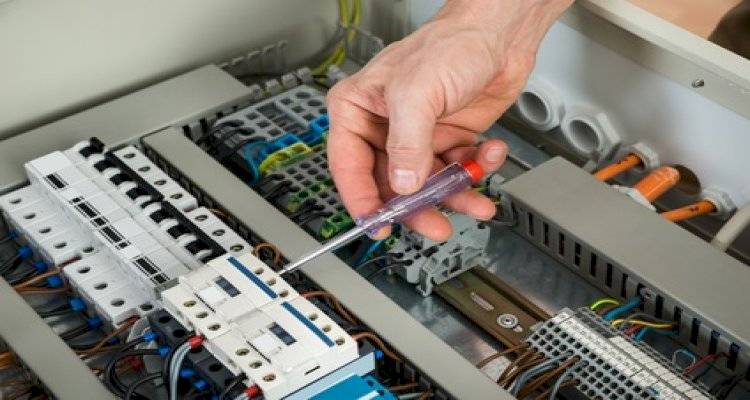
Checklist: How to Hire a Consumer Unit Installer in the UK
Before hiring an electrician to install or replace a consumer unit, use the following checklist to make sure you're hiring a qualified and reliable professional:
- Are they Part P registered? Look for a ‘competent person’ who is Part P registered. This ensures the work meets building regulations and the necessary certification and paperwork will be handled correctly.
- Are they registered with a government-approved scheme? Check if the electrician is part of NICEIC, ELECSA, NAPIT, or another recognised body. This gives you added protection and support if anything goes wrong with the work.
- Do they hold recognised qualifications? A competent electrician should hold relevant qualifications, such as a Level 3 vocational award or City & Guilds certification in electrical installation.
- Do they have liability insurance? This should be employer’s and public protection, in case of accidents, injury, or damage to your property during the job.
- Will they provide an Electrical Installation Certificate? After completing the work, a qualified electrician should issue a certificate confirming it complies with UK safety standards and legal requirements.
- Have you compared at least 3 quotes? Getting multiple quotes through MyJobQuote helps ensure you're paying a fair price and can reveal major differences in what's included in the job.
- Do they have recent customer reviews or references? Check feedback on platforms including MyJobQuote, references and asking friends or family will help give insight into their reliability and work quality.
- Do they offer a guarantee or warranty? Some electricians offer a warranty for their workmanship, which can provide peace of mind after the job is completed and confidence that the job has been carried out correctly.









